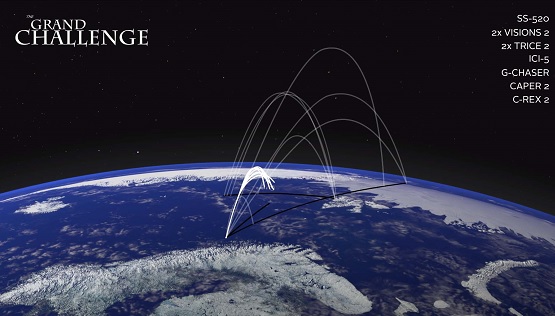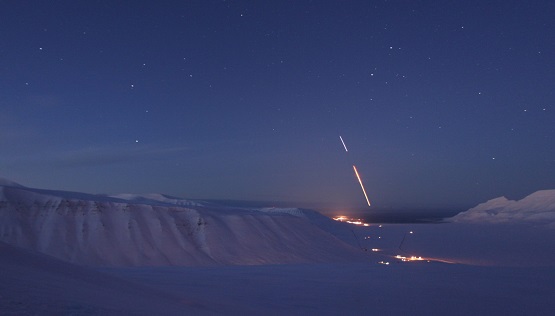- Home
- Home
-
Shop
-
Industries
- Processes
- Gases and Equipment
-
Services
-
Safety
-
Contact & Support
-
News & Media
- Agent Finder
Grand Challenge Initiative – NASA and Andøya Space Center
The Grand Challenge Initiative (GCI) is the largest ever research effort involving rockets, and a unique collaboration between Norway, the United States, and Japan, in which NASA and its Japanese sister organisation, JAXA, have invested several hundred million Norwegian Kroner.
But without gas, food, and water, there could be no project
“Linde provides gas infrastructure and participates in this rocket adventure by contributing to several of the advanced technical solutions,” says Øystein Aasland, Head of Process Industry and Speciality Gases at Linde. “Linde has specially designed liquid nitrogen tanks, comprehensive employee safety courses, and provides documentation of the entire process, as well as guaranteeing cleanliness and quality.”
It is a logistical mission, where Linde supplies several hundred gas bottles to both Andøya and to Svalbard, which are transported by research vessels from Tromsø. Among the gases supplied are liquid nitrogen for cooling and purification of rocket instruments, so-called purging, which removes any other atmosphere so that no pollution gets into the atmosphere which could give incorrect measurements, as well as to avoid water ingress and moisture. Nitrogen is also used when the space module is connection to the space station. In addition, hydrogen and the noble gases are supplied with helium and argon. Argon has a higher purity and is used in advanced applications on rockets. Hydrogen is used in weather balloons on Andøya, where they have a hydrogen handling facility. Helium is used at Ny Ålesund.
“We are very pleased with Linde because they always deliver what they are supposed to, and they have a large and competent engineering department that helps to fulfil the special technical needs we have,” says Benny Lysfjord, head of the operation department at Andøya Space Center.

